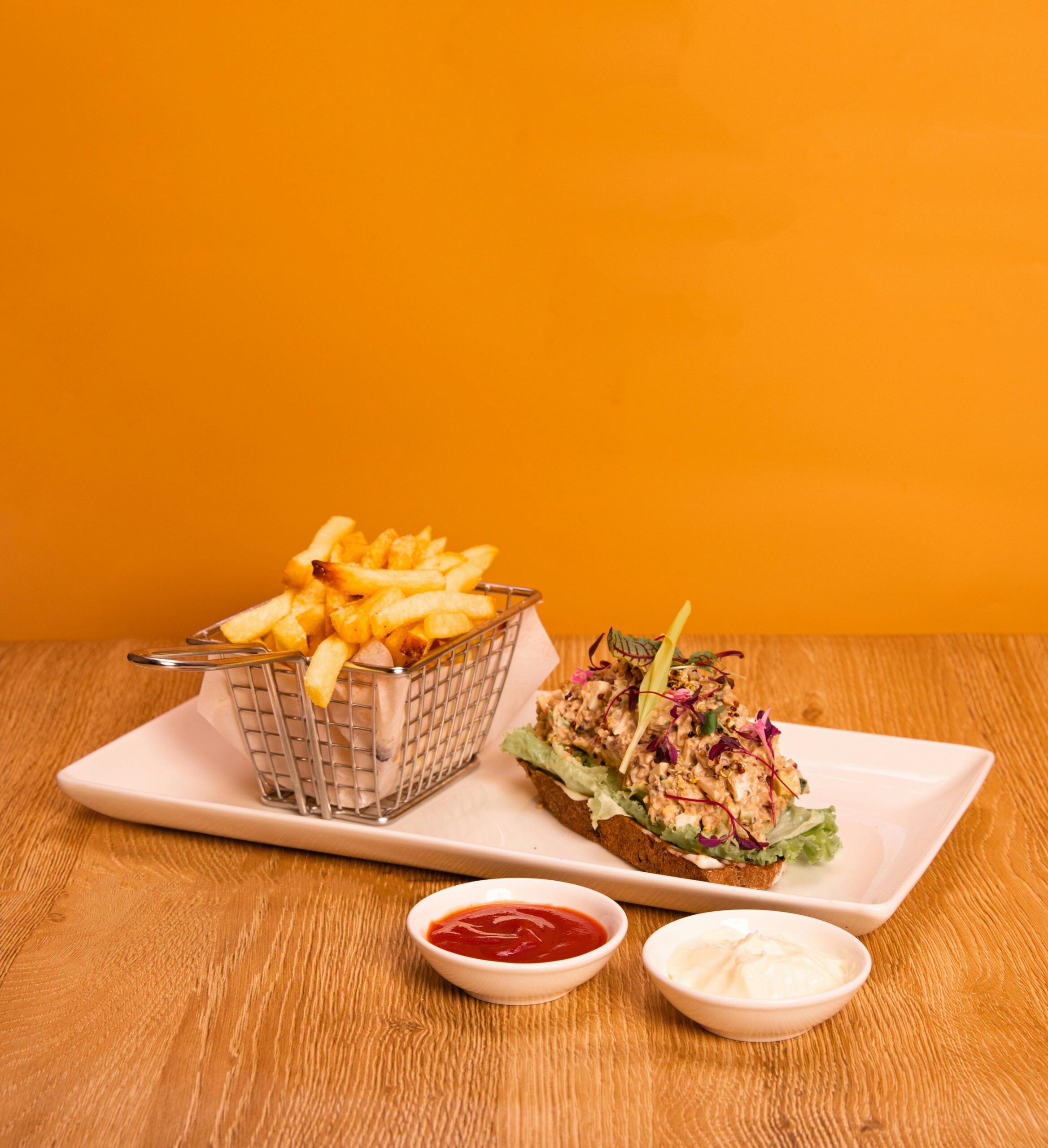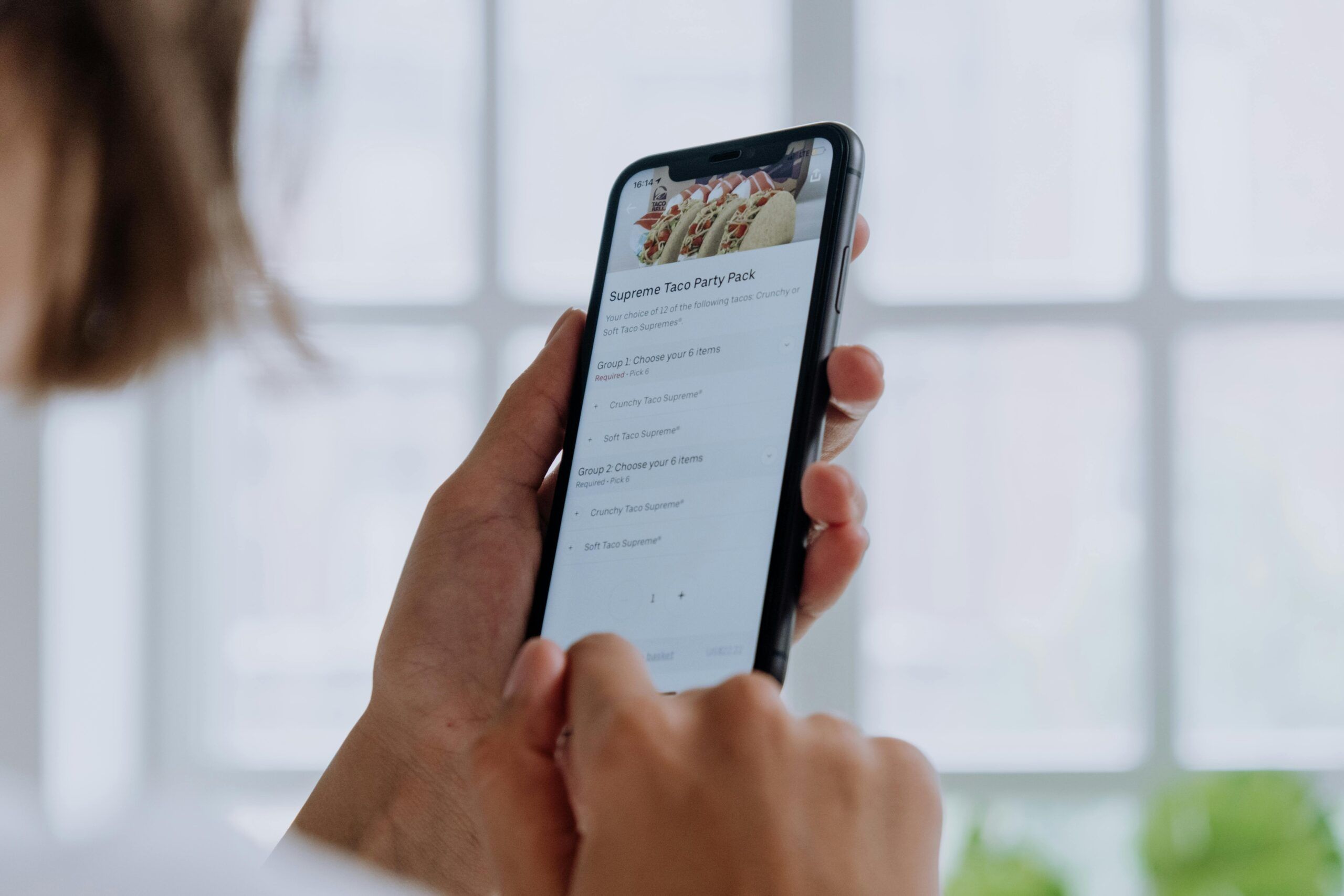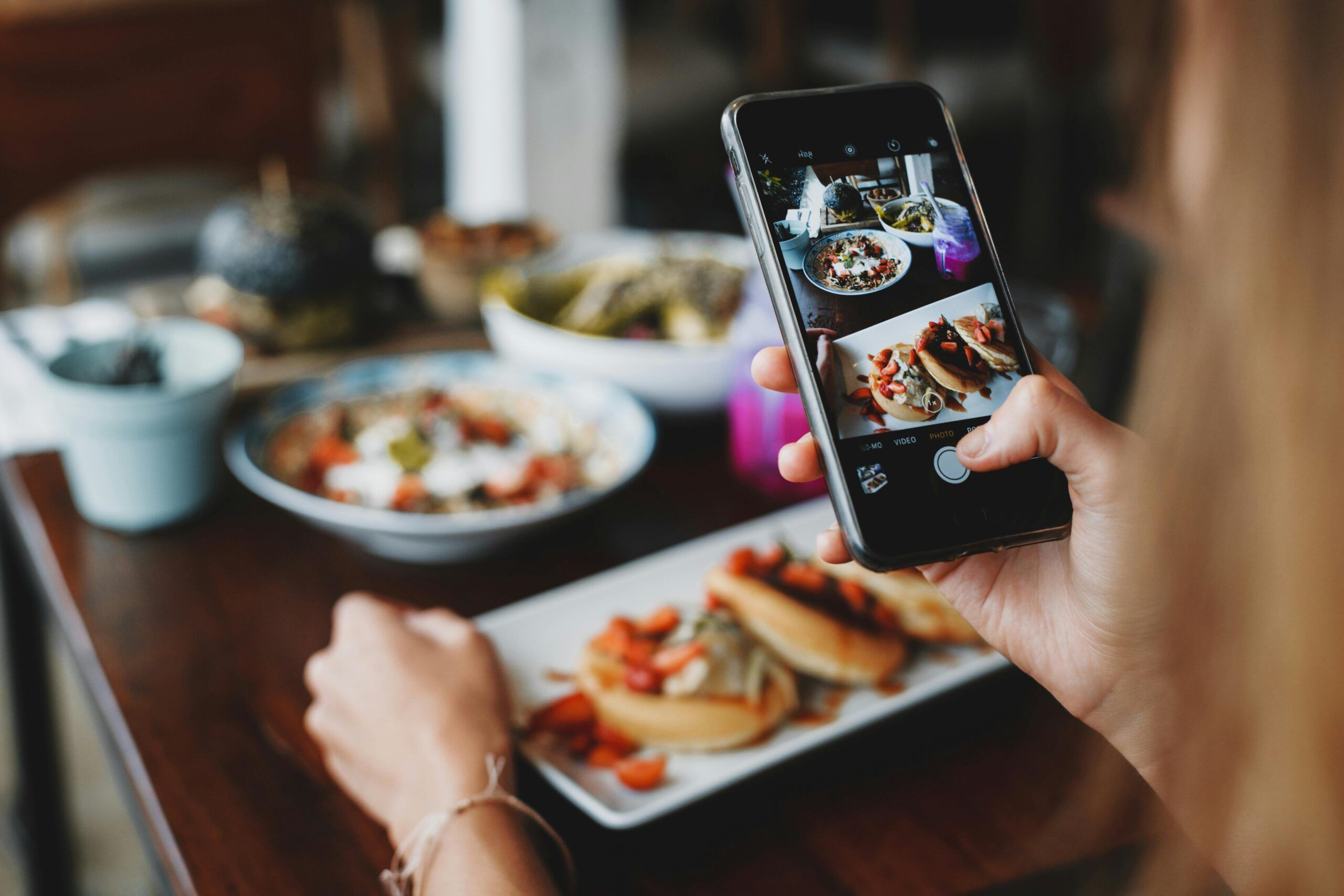- What is a Restaurant’s Profit Margin?
- Importance of Tracking Costs and Understanding How They Impact Average Profit Margin
- The Cost Structure of an Average Restaurant Profit Margin
- How to Set Menu Prices?
- Utilizing Specials and Promotions for Net Profit Margin
- Benefits of Using Specials and Promotions
- Strategies for Managing Labor Costs
As a restaurant owner, your ultimate goal is to run a successful and profitable business.
One of the critical factors in achieving this goal is maximizing your restaurant’s profit margins. Effective pricing strategies can play a crucial role in maximizing your profit margins and ensuring the long-term success of your restaurant.
This article will explore best practices for maximizing your restaurant profit margins through effective pricing strategies. Whether you’re a seasoned restaurateur or just starting, these tips and techniques will help you maximize your profits and grow your restaurant business.
What is a Restaurant‘s Profit Margin?
A restaurant profit margin is a financial metric that measures the profit a restaurant generates as a percentage of its revenue. In other words, it’s a ratio of the restaurant’s net income to its total sales, expressed as a percentage of the gross profit margin.
To calculate the average profit margin, you must know the restaurant’s total revenue and expenses, including fixed and variable costs. Fixed costs are expenses that don’t change based on sales volumes, such as rent, property taxes, insurance, and salaries.
Variable costs, on the other hand, are expenses that vary directly with the sales volume, such as food, beverage, and labor costs which affect profit margins.
Once you have determined the total revenue and expenses of profit margins, you can calculate the gross profit margin by dividing the net income (payment minus costs) by the total gain and multiplying by 100 to express the result as a percentage.
For example, if a restaurant generates $100,000 in revenue and has $80,000 in expenses, its net income would be $20,000, and its profit margin would be 20% ($20,000/$100,000 * 100).
Importance of Tracking Costs and Understanding How They Impact Average Profit Margin
As restaurant owners, it’s essential to stay on top of the costs of a profit margin, understanding how much individual parts cost and how those costs roll into your restaurant’s profit margins.
Tracking costs doesn’t have to be arduous; restaurant owners can apply simple strategies to make the profit margin process more accessible and more advanced data analysis to gain a more accurate view of their average restaurant profit margin across various factors.
Establishing targeted benchmarks and comparing restaurant performance between periods is critical to understanding which changes are making the most impact on the gross profit margin.
The Cost Structure of an Average Restaurant Profit Margin
The cost structure of an average restaurant profit margin comprises various expenses that must be considered when calculating the profit margin. The following is a list of some of the most common costs associated with operating a restaurant profit margin:
Food and Beverage Costs: This includes the cost of ingredients, supplies, and packaging for all menu items. These costs can vary greatly depending on the type of cuisine, the quality of ingredients, and the price of food in the local market, affecting the profit margin.
Labor Costs: This includes salaries, wages, and benefits for all employees, including servers, chefs, and kitchen staff. The costs can be one of the most significant expenses for a restaurant, especially in states with high minimum wages of the gross profit margin.
Rent and Utilities: This includes rent for the physical space, as well as utility costs for electricity, water, and gas.
Marketing and Advertising: This includes costs associated with promoting the restaurant, such as advertising, promotions, and public relations.
Equipment and Supplies: This includes the cost of kitchen equipment, tableware, and other supplies needed to run the restaurant.
Insurance: It includes liability insurance, property insurance, and other insurance coverage required by law or recommended by industry experts.
Miscellaneous Expenses: This includes other expenses that can’t be categorized under the above categories, such as taxes, legal fees, and accounting services.
Food costs
Restaurant profit margin is highly dependent on food costs which can vary widely depending on the type of cuisine and quality of ingredients used.
To keep food costs low, restaurants should buy in bulk, negotiate better prices from suppliers, and take advantage of seasonal items when possible.
They should also consider menu engineering – creating cost-effective dishes while still providing a satisfying experience for customers.
Finally, restaurants should monitor their food waste to save their unused products.
Labor Costs
Labor is typically the second highest expense after food costs and can significantly impact a restaurant’s bottom line.
Restaurants should carefully manage labor costs by hiring experienced staff, training them well, ensuring employee retention, and balancing staffing levels with customer demand.
Controlling costs also include:
Paying attention to overtime and wages.
Offering competitive benefits.
Using automated scheduling software to optimize staffing levels and reduce costs.
Overhead Costs
Overhead costs include rent, utilities, and other expenses associated with running a restaurant.
To reduce overhead costs, restaurants should negotiate better lease terms, look for more affordable locations, take advantage of energy-efficient technology, and use cost-saving strategies such as shared space or cooperative arrangements.
How to Set Menu Prices?
Setting menu prices can be challenging for the owners and managers, as it requires a careful balance between attracting customers, covering costs, and generating a profit.
Here are some steps to help you set menu prices effectively:
Determine your cost of goods sold (COGS): Calculate the cost of each menu item, including the cost of ingredients, supplies, and labor, to determine your COGS. This information will help you set prices that cover your expenses and generate a profit.
Consider your target market: Consider your target market when setting menu prices. For example, if your restaurant targets a high-end market, you can charge higher fees than your target market is budget-conscious.
Consider the competition: Research the prices of similar restaurants in your area to ensure that your prices are competitive. You don’t want to set high prices, so customers opt for cheaper options elsewhere.
Determine a markup: Decide the percentage you want to apply to your COGS to determine your menu prices. A standard markup for restaurants is two to three times the COGS, but this can vary depending on the type of restaurant and the target market.
Factor in menu engineering: Use menu engineering techniques to determine which menu items are the most profitable and to make informed pricing decisions. For example, you can price menu items based on their popularity, cost of ingredients, or profit margin.
Adjust prices as needed: Monitor your sales and expenses regularly and adjust your menu prices to ensure that you cover your costs and generate a profit.
Communicate with customers: Be transparent with your customers about your pricing decisions and why you’ve set your prices. Explain any changes you make to your menu prices and how they benefit the restaurant and the customer experience.
Following these steps, you can set competitive menu prices, cover your costs, and generate a profit. It’s essential to regularly review and adjust your menu prices to ensure they remain effective in maximizing your restaurant’s profit margins.
Explanation of the Menu Engineering Process
Menu engineering is necessary for business owners to maximize gross profit and increase net profits.
Business owners analyze customer buying patterns to determine how each menu item should be priced to maximize gross profit from each item sold.
This customer behavior analysis can help indicate which items should receive the most promotion or be featured on the menu.
Additionally, menu engineering will help to identify any high-cost ingredients that could be replaced with lower-cost alternatives without sacrificing the quality or flavor of a particular dish.
Determining the Cost of Each Menu Item
The full-service restaurant industry is full-bodied and ever-changing.
Determining the cost of each menu item can be a tricky sale that needs to be done wisely to maintain the gross restaurant profit margin.
With so many ingredients, tools, utilities, and workers involved, the cost for each item can quickly add up unless monitored and handled efficiently.
To maximize their full potential, full-service restaurants must trust an experienced team that accurately calculates costs.
Your Inbox, Your Rules!
Tailor your newsletter with the topics you're most interested in.
Evaluating Customer Demand for Each Menu Item
Evaluating customer demand for each menu item is essential for full-service restaurants to ensure their operating expenses are covered, and their restaurant’s profit margin is maximized.
A full-service restaurant must effectively manage its stock, anticipate the number of customers seeking particular items, and review the cost of each dish to maintain a successful business.
It is vital for full-service restaurants to regularly assess customer trends and preferences to make informed decisions about which items should stay on the menu and which items could be removed or replaced to increase revenue.
Determining the Ideal Price for Each Menu Item Based on Restaurant Profit Margins
For restaurateurs, determining the ideal price for each item on their menu is essential to netting a healthy income and generating substantial sales volumes.
Calculating costs like ingredients, labor, and overhead helps set initial prices, but restaurants can refine those prices by analyzing their average net profit margins and adjusting accordingly.
Doing so can maximize their net income and achieve the desired sales volume.
Utilizing Specials and Promotions for Net Profit Margin
The food service industry is highly competitive, and restaurateurs must constantly find ways to stand out from the crowd to increase their net profit margin.
Specials and promotions are an effective way for restaurants to drive sales, create a buzz about their restaurant, and give customers an incentive to return.
By offering exciting specials at strategic times of the year or day, restaurants can generate more revenue while keeping prices affordable for their customers.
Furthermore, by tracking how customers respond to these promotions, restaurateurs can gain valuable insights into what works best with their target audience and continue to refine their promotional strategies accordingly.
Limited-Time Offers
Limited-time offers are one of the restaurants’ most potent tools to increase their net profit margin.
Offering a particular item for a limited time makes customers feel compelled to try it before it is unavailable. It can help boost sales and create an air of exclusivity that customers find attractive.
Restaurateurs should track the performance of their limited-time offers to understand which ones do best with their target market and make adjustments as needed.
Through careful tracking, analysis, and strategy development, the owners can maximize their restaurant’s profitability while providing great experiences for guests.
Seasonal Promotions
Seasonal promotions are a great way for restaurants to increase their net profit margin by taking advantage of seasonal ingredients or activities.
For example, an Italian restaurant might offer a special on their most popular pasta dishes during the summer months when tomatoes are in season and plentiful.
Or a seafood restaurant could offer discounted prices on grilled items such as fish tacos during the warmer months.
By offering specials at strategic times of the year, restaurateurs can capitalize on changing tastes while making guests feel like they’re getting great value for money.
Customer Loyalty Programs
Creating a customer loyalty program is another excellent way for restaurants to increase their net profit margin.
By offering rewards and discounts, restaurants can encourage customers to come back and purchase more food.
Furthermore, by tracking customer purchases, restaurateurs can better understand the needs of their target market and create campaigns that speak directly to them.
When executed well, loyalty programs can help boost sales while keeping prices affordable for loyal customers.
Benefits of Using Specials and Promotions
Using specials and promotions is an excellent way for restaurants to build customer loyalty, increase their net profit margin, and bring in new customers. Here are how they benefit the restaurant:
Attracting New Customers
Promotions and specials can attract new customers who might otherwise not visit.
Boosting Sales During Slow Periods
Restaurants can use promotions to boost sales during traditionally slow periods such as weekdays or off-seasons.
Generating Word of Mouth
When customers have a positive experience with the restaurant, they are more likely to spread the word to family and friends, which can help bring in new customers.
Increasing Customer Loyalty
By offering rewards and discounts, restaurants can encourage customers to return.
Strategies for Optimizing Menu Mix
Menu mix optimization is crucial for restaurants to increase profit margins and maximize customer satisfaction.
Here are some strategies for optimizing the menu mix:
Offering Complementary Menu Items
Offer complementary menu items that pair well with each other to boost sales.
For example, a restaurant could offer one entree, two side dishes, a main dish, and an appetizer.
It will encourage customers to purchase more items from the menu, boosting the average spend per customer.
Upselling and Cross-Selling
Encourage customers to add items to their order by upselling or cross- Selling complimentary menu items.
For example, a customer ordering a steak could be prompted to add a side dish or dessert.
By offering value-added items, restaurants can increase sales without increasing the price of their menu items.
Providing Value-Driven Options for Customers
Provide value-driven options with discounted bundles or combo meals to increase the average spend per customer.
For example, a restaurant could offer a bundle of their most popular items for a discounted price. It will encourage customers to purchase more items from the menu and increase revenue for the restaurant.
Strategies for Managing Labor Costs
Managing labor costs is essential to running a restaurant.
Here are some strategies for managing labor costs:
Developing Effective Schedules
Effective schedules help restaurants manage costs by correctly scheduling the right staff members.
For example, planning more experienced and higher-paid staff during peak hours can help improve customer service while minimizing overtime pay.
Providing Performance-Based Bonuses
Performance-based bonuses or incentives can motivate employees to work harder and improve customer satisfaction.
It will increase sales and revenue for the restaurant while helping retain talented employees.
Monitoring Overtime Hours
Monitoring overtime hours is essential for controlling costs.
By tracking employee overtime hours, restaurants can ensure that employees are not working more than their agreed-upon hours and help to avoid unnecessary costs.
Maximizing Profits for a Successful Restaurant Business
So, using advanced technology, such as Orders.co’s order consolidation feature, can be a game changer in maximizing your restaurant’s profit margins through effective pricing strategies.
By streamlining your order fulfillment process and reducing wait times, you can improve the overall dining experience for your customers while also increasing your operational efficiency.
Moreover, the data and analytics provided by Orders.co can help you identify patterns in customer behavior and adjust your pricing strategies accordingly.
With the ability to quickly analyze data on sales and customer orders, you can make informed decisions about pricing that can lead to significant increases in revenue and profit margins.
So don’t wait; embrace the power of technology to go to the next level!



